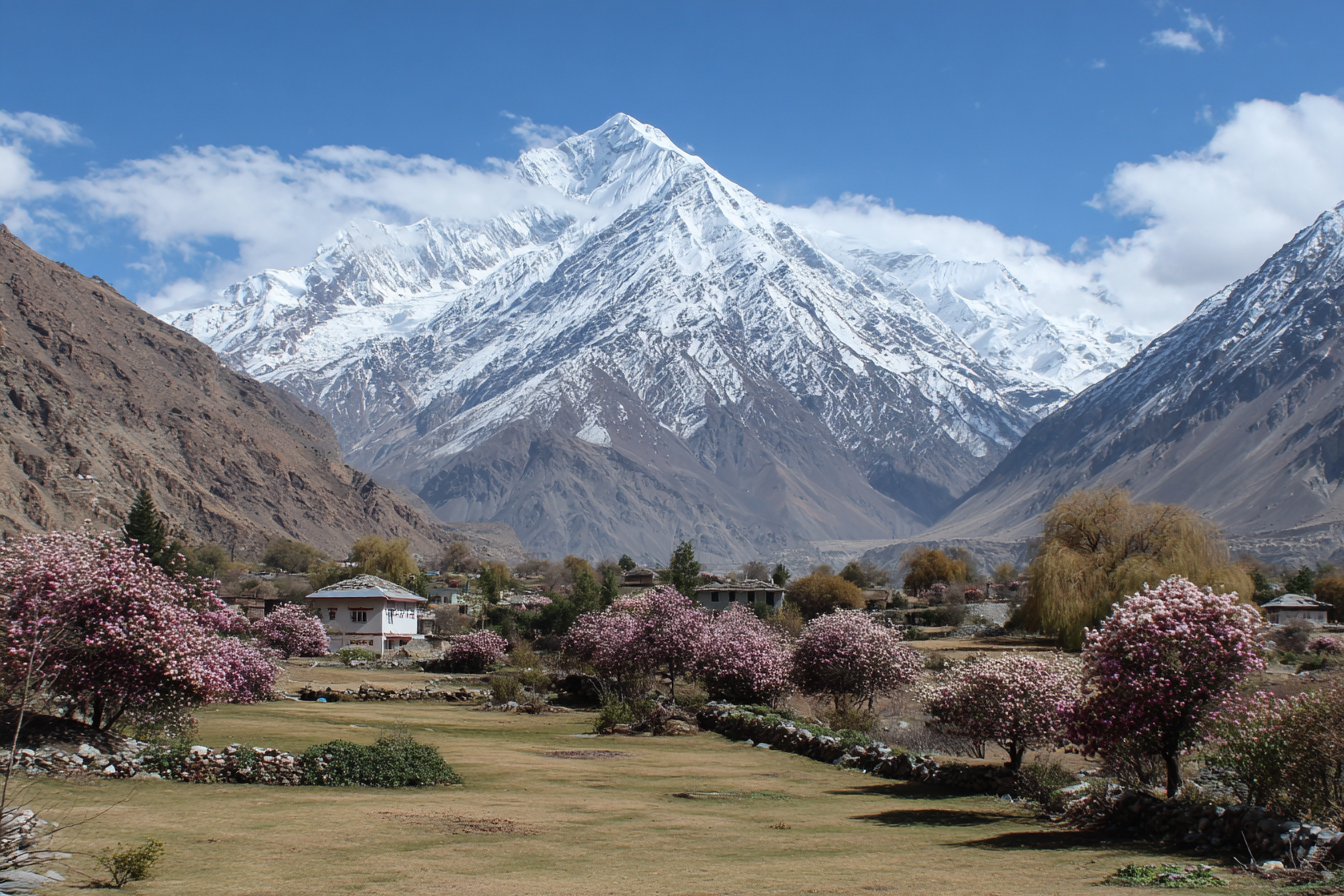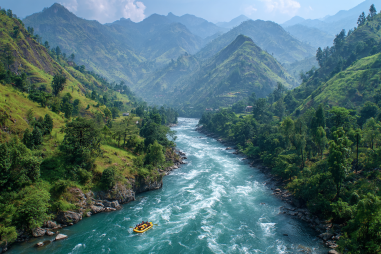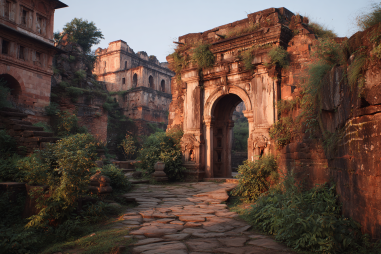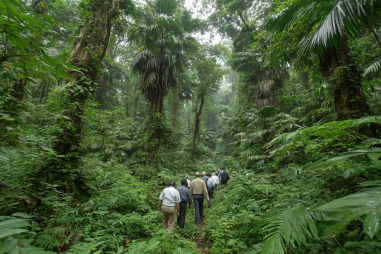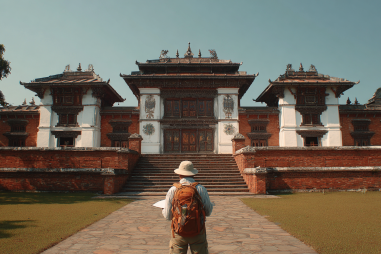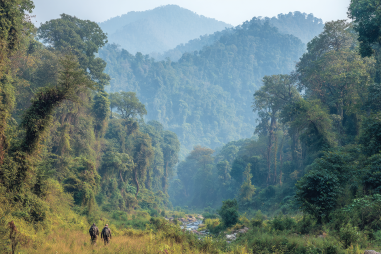Choosing the right time to visit Jomsom, a charming town nestled in the Annapurna region of Nepal, is crucial for making the most of your trip. Known for its breathtaking landscapes, rich culture, and fantastic trekking routes, Jomsom offers something unique every season. Whether you’re an avid trekker, a cultural enthusiast, or simply seeking tranquility in the mountains, understanding the local climate, seasonal events, and trekking conditions will help you plan an unforgettable journey. Let’s explore the best time to visit Jomsom through a detailed seasonal guide.
Overview of Jomsom’s Climate and Seasons
Jomsom experiences a high-altitude, semi-arid climate, which means it generally has dry weather and clear skies, with significant temperature fluctuations between day and night. The town sits at an elevation of around 2,700 meters (8,862 feet), leading to cool to cold conditions for most of the year. Jomsom’s seasons can be broadly divided into four main parts:
- Spring (March to May)
- Summer Monsoon (June to August)
- Autumn (September to November)
- Winter (December to February)
Each season brings its own weather patterns, affecting trekking routes, wildlife visibility, and cultural festivities.
Weather Characteristics by Month
When planning your visit, it’s helpful to understand month-by-month weather patterns:
- March to May (Spring): Jomsom starts warming up after the chilly winter. Daytime temperatures can climb to around 15-20°C, while nights remain cool. The snow begins melting, revealing blossoming rhododendrons and other flora along trails.
- June to August (Monsoon): The region receives some rainfall, although it is much drier compared to the southern parts of Nepal. The skies can sometimes cloud over, and landslides could affect roads and trails in nearby areas. Daytime temperatures hover around 18-22°C, with higher humidity.
- September to November (Autumn): This is considered the most pleasant period. The weather stabilizes with crisp air, clear skies, and stunning mountain views. Temperatures during the day range from 16-21°C, with chilly nights. It’s an ideal time for trekking and sightseeing.
- December to February (Winter): Expect very cold nights, often dropping below freezing, and generally sunny days. Snowfall can occur, especially at higher elevations, making some trekking routes more challenging or inaccessible. Daytime temperatures usually stay between 5-10°C.
Trekking Conditions Throughout the Year
Trekking in Jomsom is a major draw, with the popular Annapurna Circuit and Upper Mustang treks starting or passing nearby. Trekking conditions change significantly with the seasons:
- Spring: Trails start to dry out and vegetation comes alive, making trekking scenic and moderately comfortable. However, early spring may still bring some chilly winds and occasional snow patches at higher altitudes.
- Monsoon: Usually the least preferred season for trekking due to rainfall, slippery paths, and the risk of landslides. However, Jomsom itself remains drier than other parts of Nepal, so short treks or cultural visits can still be enjoyable.
- Autumn: The best season for trekking. Stable weather, less crowding than in spring, and breathtaking clear views make it the peak period for explorers.
- Winter: Suitable for experienced trekkers who can handle cold conditions. Some trails may be covered in snow or ice, requiring additional gear and caution.
Festivals and Cultural Events by Season
Jomsom is not just about natural beauty but also rich traditions. Depending on when you visit, you can witness distinctive cultural celebrations:
- Spring: The Jomsom festival often coincides with the start of the trekking season. Locals celebrate with traditional dances and music, marking the coming of warmer days.
- Monsoon: Although fewer festivals occur during this quieter season, you might experience smaller village rituals connected to agriculture and rain prayers.
- Autumn: Dashain and Tihar, two of Nepal’s biggest festivals, often fall within this period. These vibrant celebrations include family gatherings, feasts, and illuminated homes, offering a unique cultural insight.
- Winter: The cultural vibe slows as many locals focus on indoor activities, but visiting monasteries and local markets can still be rewarding.
Advantages and Challenges of Each Travel Period
Every season has its upsides and drawbacks, whether you prioritize landscape views, cultural experiences, or trekking conditions:
- Spring Advantages: Moderate weather, blooming landscapes, fewer tourists than autumn.
- Spring Challenges: Potential residual snow on higher paths, occasional strong winds.
- Monsoon Advantages: Lush green forests, less crowded trails, opportunities for cultural immersion.
- Monsoon Challenges: Rain-related disruptions, slippery terrain, and limited mountain views.
- Autumn Advantages: Clear skies, excellent trekking conditions, vibrant festivals.
- Autumn Challenges: Popularity means more tourists and higher prices.
- Winter Advantages: Peaceful environment, stunning snow-capped peaks, low visitor numbers.
- Winter Challenges: Very cold nights, some trails closed, fewer cultural events.
Recommended Months for Different Activities
To tailor your visit to your interests, consider these recommendations:
- Trekking: Late September to November (autumn) and March to May (spring) are ideal.
- Cultural Exploration: Visit in October or November during Dashain and Tihar festivals.
- Photography: Autumn months for clear mountain views; spring for colorful wildflowers.
- Quiet Retreats: Winter months offer solitude if you can manage the cold.
- Short Visits: Monsoon season is still fine for visiting Jomsom town and nearby villages.
Packing Tips Based on Season
Appropriate gear ensures comfort no matter when you visit:
- Spring: Layered clothing, windbreaker, sturdy trekking boots, sun protection.
- Monsoon: Waterproof jacket, quick-drying clothes, waterproof bags, insect repellent.
- Autumn: Warm layers for mornings and nights, sunglasses, trekking poles.
- Winter: Heavy insulated jackets, thermal wear, gloves, hats, and if hiking, crampons for icy paths.
Timing your trip to Jomsom thoughtfully can make all the difference in your overall experience. By considering the climate, activities, and cultural scene, you can choose the perfect window that aligns with your desires—whether that’s vibrant festivities, peaceful trekking, or panoramic mountain vistas. With proper planning and packing, your Jomsom adventure is sure to be filled with unforgettable memories.

